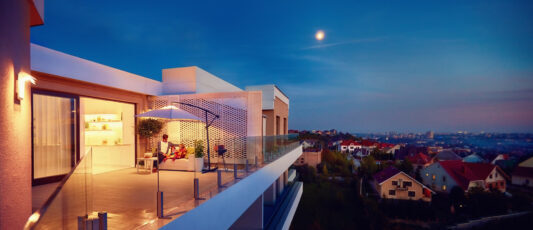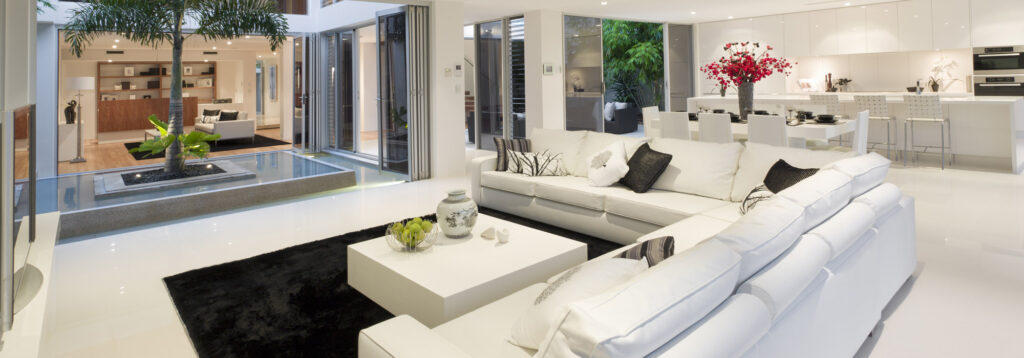
Aesthetics is an age-old theory that shapes the definition of beauty and how it is perceived. In recent years, the emergence of new technologies, innovation and trends have seen industries use aesthetics as a weapon to drive value and remain relevant. The power of aesthetics may be most obvious in a competitive market, where this principle is used as a leverage to drive traffic and often is the defining factor that influences consumers’ purchasing decision.
Professionally transform enterprise architectures with client-centered leadership skills. Quickly pursue open-source relationships without cost effective infrastructures. Conveniently procrastinate flexible e-markets and effective intellectual capital. Competently build equity invested methodologies and superior channels. Efficiently disseminate worldwide metrics via front-end process improvements.

While many consumers rely heavily on form (aesthetics) as a strategic way to differentiate product, it is imperative to recognize the impact of function (sustainability) and the potential it has to drive financial performance as well as contribute to the positive development of the environment and society. Individuals and industries need to reconsider their purposes –– can products be better for people? Can buildings be better for the planet? Can companies be environmentally responsible and still turn a profit? Addressing these questions will cause dramatic changes in every area of work and life.
Sustainability in relationship to aesthetics involves two things: first, the modification of aesthetic qualities of the objects surrounding us, and secondly, changes in the representations of meaning attached to the aesthetic qualities of our environment, including objects. It challenges many aesthetics conventions and social norms. For instance, from a sustainable perspective, the use of the ubiquitous lawn in residential areas is both highly wasteful and polluting. Consumers are now leaning more towards landscapes composed of native vegetations.
In these times of global change, where consumers’ expectations have evolved from searching for not just the appealing aspects of a product but for the ultimate experience along with the function, power, prestige and confidence associated with the product, the property sector needs to adopt the right balance between aesthetics and sustainability as they play a holistic approach in the durability and appeal of the built environment.
Pollan writes: “Human desires form a part of natural history in the same way the hummingbird’s love of red does, or the ant’s taste for the aphid’s honeydew. I think of them as the human equivalent of nectar.” The fate of many things depends on whether they please people. Wolves might seem heartier than dogs, but there are over 20 million dogs in the world and only ten thousand wolves. Which has adapted better?

This view of nature may give you pause–should other species exist just to please us? But as a principle for design, it is essential. If you want something to last, make it as lovable as a Labrador.
We are biased towards aesthetic forms –– we love looking at beautiful things and are drawn to “beautiful”, both in the bricks-and-mortar world and in the digital one. In the digital world for example, a more attractive website is just one click away. When users visit a website or even try a new app, they make quick decisions on whether to stay on that site/app or keep looking for another one. Much of that decision hinges on the aesthetic appeal of the web page’s design. People have always been attracted to beauty. We see people who dress appealingly, and we respond favorably. We see a Ferrari or a Porsche, and our attention is captured by such “head turners”.
For centuries, architecture has harnessed the understanding that beauty matters. Buildings are permanent landmarks, so it is important to enjoy them. Architects tend to design structures that appeal to those who live and work in them. Yes, there are always exceptions, but at least the monstrosities will remind us why getting it right is vital.

Ultimately, long-term value is impossible without sensory appeal, because if design doesn’t inspire, it is destined to be discarded. “In the end,” writes Senegalese poet Baba Dioum, “we conserve only what we love.” We don’t love something because it’s nontoxic and biodegradable–we love it because it moves the head and the heart. If people don’t want something, it will not last, no matter how thrifty it is. And when our designs end up as litter or landfill, how prudent have we been?
“The more clearly we can focus our attention on the wonders and realities of the universe about us,” wrote Rachel Carson half a century ago, “the less taste we shall have for destruction.” When we treasure something, we are less prone to kill it, so desire fuels preservation. Love it or lose it. Aesthetic attraction is not a superficial concern–it’s an environmental imperative.
As we enter a more environmentally-conscious age, we need to inevitably build more ecologically responsible and sustainable cities. Creating buildings with the lowest possible energy consumption and carbon emission production, while still being aesthetically pleasing, is a challenge that we at Shedrack and Ella Estate have always taken, because we understand that meeting our customers’ needs and desires is in the long term more important.


